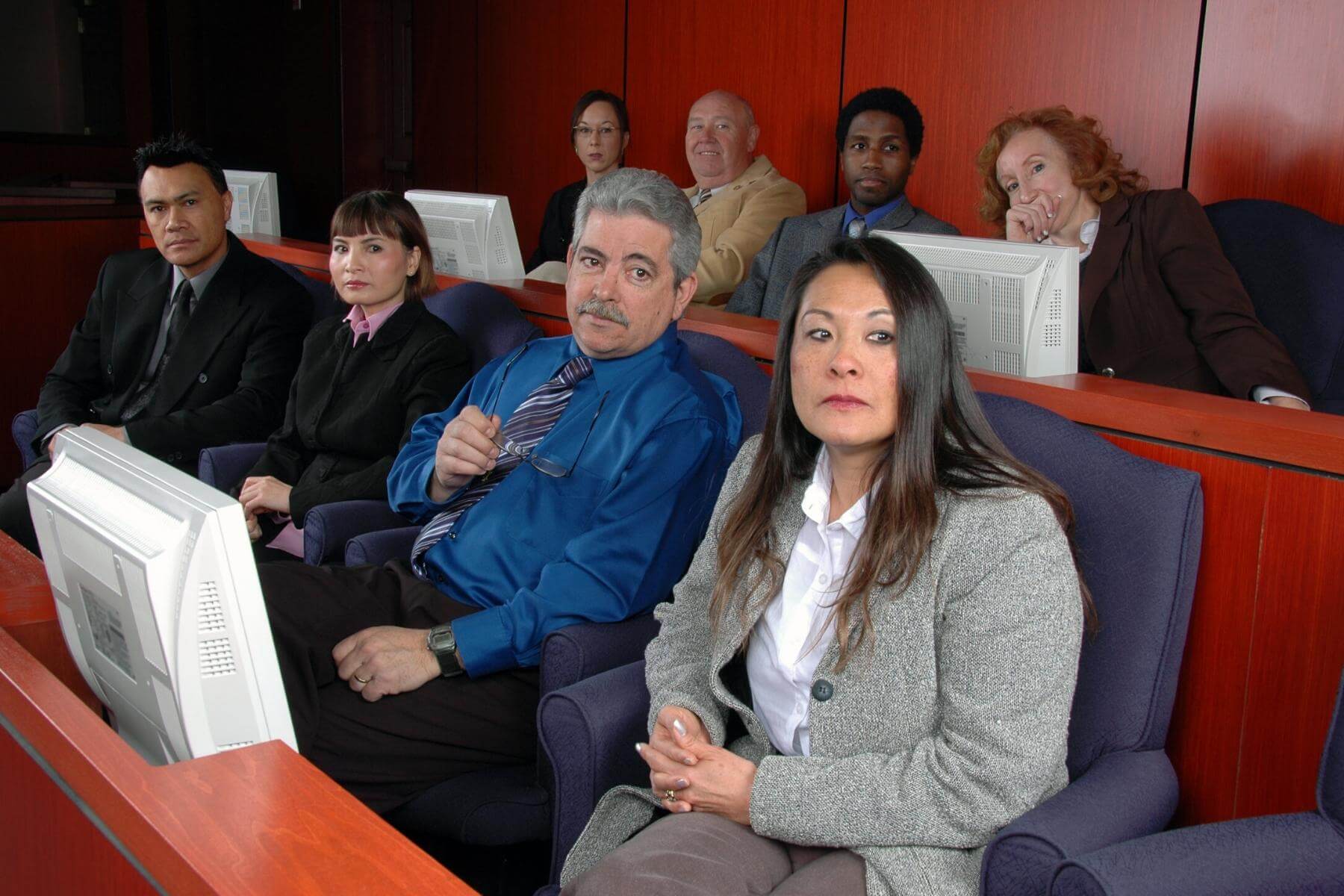Trial lawyers use custom trial presentations for compelling arguments.
Trial lawyers use custom trial presentations for compelling arguments.
Blog Article
Just How Test Presentations Enhance Your Argument and Convince Jurors
Trial discussions work as a pivotal system for improving legal disagreements and convincing jurors. By integrating visual aids, narrative structures, and emotional engagement, lawyers can develop a compelling case that reverberates on numerous levels. The critical use visuals not just clarifies complex info yet additionally captures jurors' focus extra effectively than words alone. The art of storytelling plays an equally essential role in changing valid proof right into a compelling story, shaping jurors' assumptions. Recognizing these components can substantially affect trial results, elevating the question of just how each component adds to this intricate dynamic.

Significance of Aesthetic Help
Visual aids play a critical function in enhancing the performance of trial presentations, as they can substantially boost target market engagement and retention of info. In the context of a test, where jurors are entrusted with handling complicated info, visual help serve to streamline and make clear essential factors. Charts, graphs, and photos can share information and concepts that may otherwise bewilder or confuse jurors, enabling a much more simple understanding of the evidence offered.
Furthermore, aesthetic aids assist in maintaining juror interest throughout the process. By breaking the uniformity of verbal statement, these tools can stress crucial debates, making them more unforgettable. Efficient aesthetic help can also evoke psychological feedbacks, which can be essential in convincing jurors to straighten with the presenter's narrative.

Crafting Compelling Narratives
A compelling narrative is necessary in test discussions, as it serves as the backbone of efficient persuasion. It allows lawyers to weave together facts, evidence, and emotional components into a coherent tale that resonates with jurors. This narrative framework enables jurors to understand the complexities of the instance while guiding them through the attorney's disagreement.
To craft a compelling narrative, lawyers must focus on clarity and comprehensibility. In addition, the use of brilliant summaries can create mental photos that aid jurors imagine the events, making the story extra remarkable.
In addition, incorporating crucial motifs throughout the presentation enhances the core message and help in retention - trial presentations. The story must not just convey details but also stimulate a feeling of justice, highlighting the stakes entailed. Ultimately, a sound story fosters a connection in between the jurors and the situation, placing the lawyer's debate as both reputable and compelling, thus enhancing the possibility of a positive verdict

Involving the Jury Psychologically
Efficient court involvement hinges on the attorney's ability to connect with jurors on an emotional degree. This connection can substantially impact jurors' perceptions and their best decision-making.
Aesthetic aids, such as photos or videos, can further enhance emotional involvement, supplying jurors with brilliant depictions of the case's human elements. Crafting a story that highlights the struggles and accomplishments of the individuals entailed makes certain that jurors see beyond the legal debates and recognize the human consequences of their decisions.
Furthermore, tone and body movement play a vital role in sharing feeling. A lawyer's enthusiastic shipment can resonate with jurors, enhancing their emotional financial investment in the situation. It's vital to stabilize sob stories with click for more info accurate proof, ensuring that jurors feel forced to act while continuing to be grounded in the reality. Ultimately, an emotionally involved jury is most likely to be encouraged, making psychological connection an important element of reliable test presentations.
Structuring Your Discussion

The body of the discussion should be realistically segmented into vital factors, each supported by engaging proof. It is helpful to use storytelling techniques to weave facts into a narrative that jurors can conveniently comply with. Aesthetic aids, such as you can find out more charts and video clips, can enhance understanding and interaction, aiding to highlight crucial pieces of evidence.
Real-World Study
Checking out real-world situation research studies offers vital understandings into the art of trial discussions and persuasion. The protection team efficiently used a technique that combined top-level expert statements with multimedia presentations, which astounded jurors and eventually influenced their decision.
One more significant instance is the "McDonald's Coffee Situation," where the plaintiff's attorneys utilized visuals pictures of the injuries suffered by Stella Liebeck. trial presentations. This stark aesthetic evidence played blog an important role in sharing the severity of her burns, bring about a significant jury honor. Such instances show that impactful trial presentations typically depend upon the reliable assimilation of visuals and narration to stimulate emotional responses from jurors
Additionally, the "Casey Anthony Trial" highlighted the value of narrative comprehensibility and credibility. The prosecution's failure to establish a compelling timeline reduced their convincing power, highlighting the need of a well-structured discussion. Analyzing these cases reveals that successful trial discussions need critical preparation, psychological involvement, and the capacity to resonate with jurors' values and beliefs.
Conclusion
Trial presentations considerably boost arguments and persuade jurors via the calculated use of aesthetic aids, compelling stories, and psychological engagement. A well-structured presentation balances emotional charms with accurate proof, eventually reverberating with jurors' worths.
Report this page